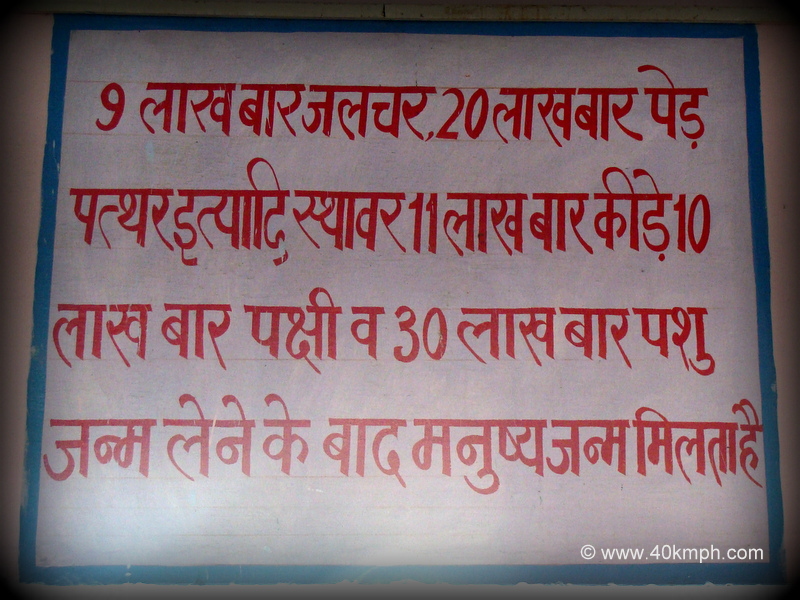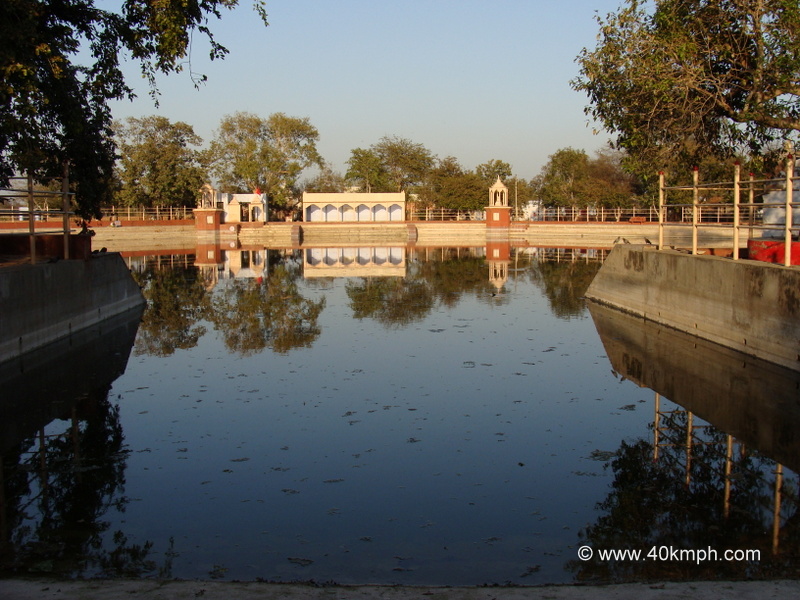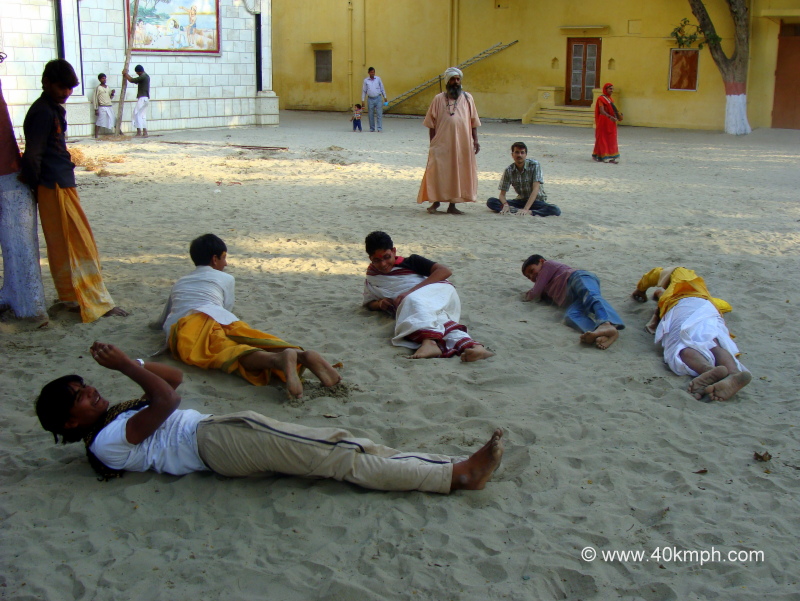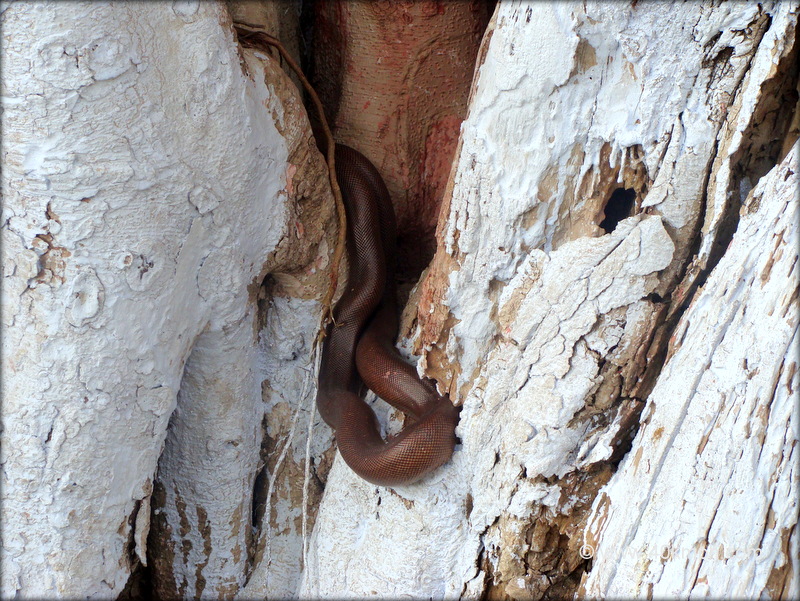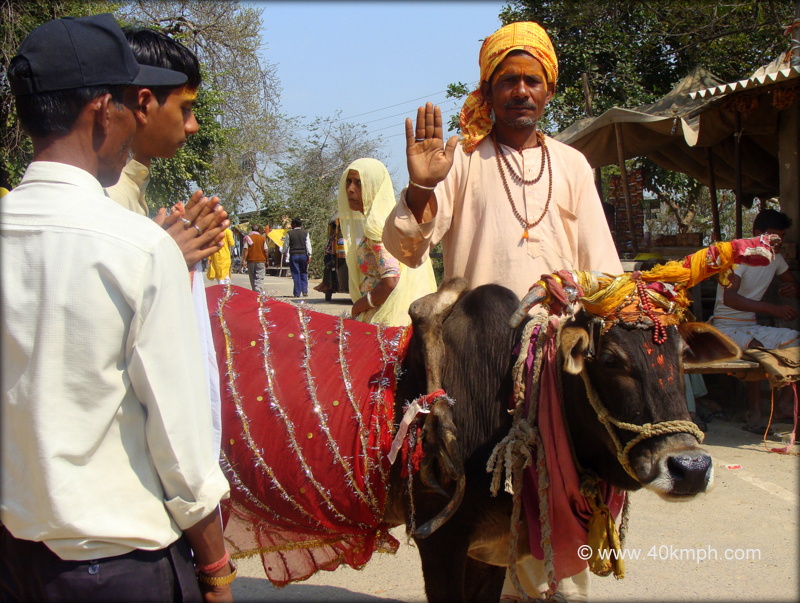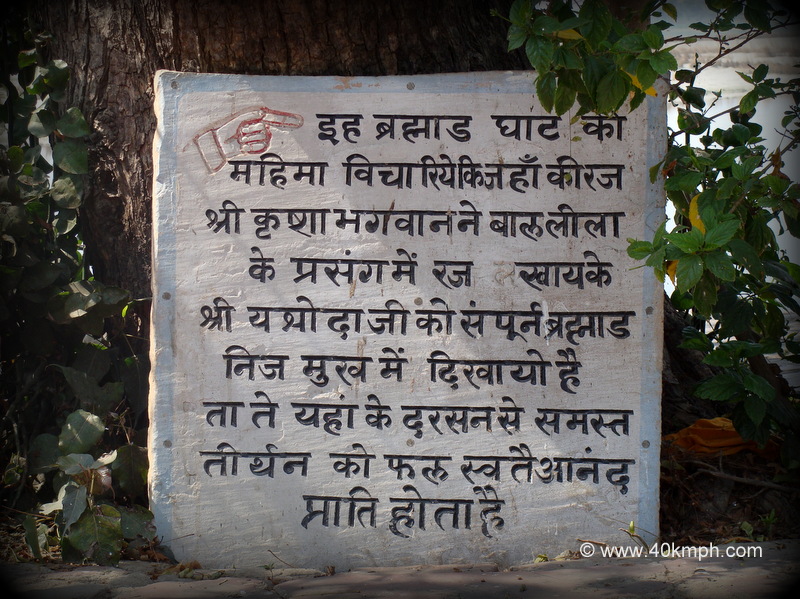Chandra Sarovar is approx. 23 Kms from Kumudvan Gangasagar.
The temple was closed as it was afternoon hours we decided to have lunch.
We tried our best to carry lunch along with us and a few fruits and packed drinking water.
After lunch after a few minutes of rest, we walked towards the temple, and on request, the priest told The History of Chandra Sarovar as follows:
Lord Krishna during Maharaas stopped the Moon from disappearing and being constantly visible for 6 months from this location i.e., why the location is named Chandra Sarovar, and not to forget there is a pond also named Chandra Sarovar. And if you do not know it is the place of Great Great Kavi – Surdas, who wrote Sursagar. He spent 73 years at this very location and died at the age of 105 years. Surdas wish was to write 1.25 lacs pad (verses) but was able to write only 1 lac. It is said the other 25 thousand pad was written by Lord Krishna and Sursagar was also known as SurShyam. Surdas’s father’s name was Ramdas who himself was a great learned musician.
We were guided to visit Kuti of Surdas as well as Samadhi of Surdas. No words to describe the experience because within books I have read till-date about the great poet Surdas and today I am at a location where the great poet spent 73 years of his life and his Samadhi is also present. We all went together and sat close to Samadhi silently.
Pilu tree merging with Kadam tree close to Surdas Ji samadhi. There is an old well near the samadhi. Once Surdas fall into the well but was saved by Lord Krishna – we were told.
What an experience – what a tour – will say.
(Surdas was born in samwat 1535 and left in samwat 1640)
We climb upstairs to watch the surroundings with Swami Ramanand Ji Maharaj. He was showing us Giriraj Parbat where we have to proceed next. It was far but visible.
Isn’t that interesting?
Very natural surroundings. What it was 5,000 years back – a question. Heaven may be – the answer.
And towards Chandra Sarovar. Restoration work was going on. Swami Ramanand Ji Maharaj was with us. He showed us installed statues around Chandra Sarovar and to our knowledge he named each statue one by one:
1. Chaturbhuj Das Ji
2. Sheer Swami (disciple of Vallabhacharya)
3. Surdas
4. Govind Swami
5. Nand Das
6. Kumbhan Das
7. Parmanand Das
8. Krishna Das
Thank you Swami Ji for enhancing our knowledge about all great saints. Thanks a lot.
Like this:
Like Loading...
